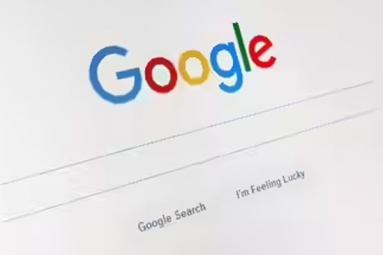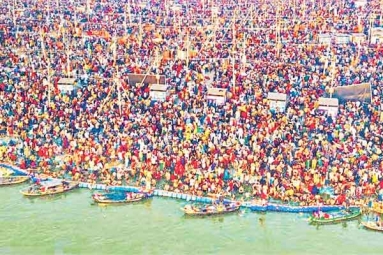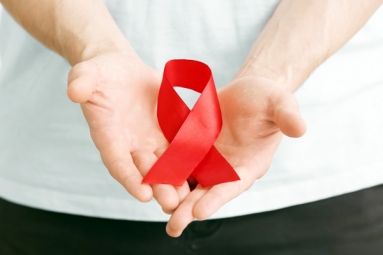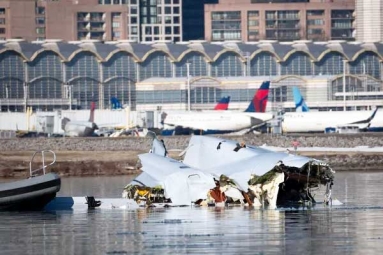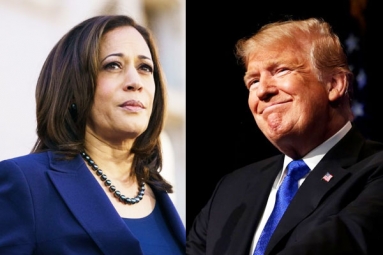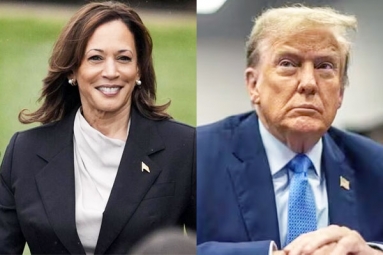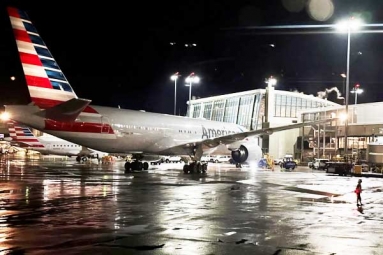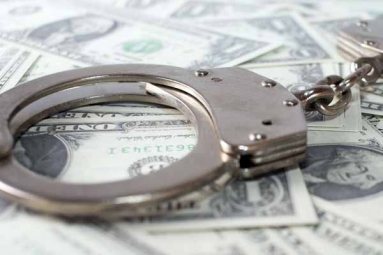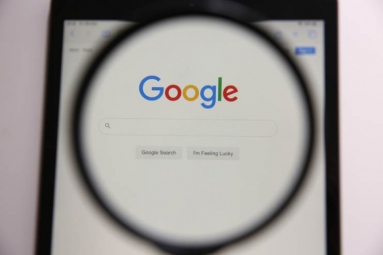One can't take Diwali out of Indians - even when they're in U.S.
November 06, 2018 15:46
(Image source from: Quartz India)
Like cuisine, vogue, and faith, Indians carry with them their precious festivals regardless of where their livelihood takes them.
It is no unlike in the United States where people of Indian-origin have been residing since the 1820s.
Over the years, a thriving Indian immigrant community has been reveling Diwali, the Hindu festival of lights, going all out to recreate the mammoth celebrations from their country of origin.
The range of celebrations has turned such that well liked U.S. tourist spots like Disneyland in California and New York's Times Square get decorated in striking Indian colors. Even the White House has been commemorating the festival for many years. Ultimately, the 3.1 million Indian-Americans form one of the most booming immigrant communities in the U.S.
With Diwali imminent, vicinities with the sizeable existence of the diaspora have briefly become Indian neighborhoods, out-and-out with a source of illumination, lights, fairs, revelers, religious rituals, and upbeat spirits.
This year, Diwali falls on November 7, but the jollification starts much before in the U.S.
Mark of Custom
Hindu places of worship in the U.S. are a central point of convergence and focus during Diwali, with most Indians making it an element to pay bow to goddess Lakshmi.
Nevertheless, that is solely the beginning.
All over the country, whatever place there is an ample Indian population, stores and boutiques selling Diwali novelties do merry business. Melas (fairs) are likewise a mundane thing.
"We buy our diyas (oil-wick lamps), puja stuff, aarthi (prayer) books, and Indian sweets and snacks from local Indian stores," said Neena Shah, a 48-year-old resident of Roslyn, Long Island, New York. "Earlier, there would be pockets (of such stores) where Indians used to live, like in Flushing or Hicksville (in New York), but now there's a Patel Brothers, a Usha Foods, or an Apna Bazaar in most places."
Quite a lot citizenry even turn to Amazon and other online services for purchasing.
What was surprisingly difficult to spot earlier was a priest for the puja rituals. But at present, even that is getting smooth-running thanks to technology.
For example, Bengaluru-based Puja N Pujari, which has existence in Texas in the U.S., lets users book a priest. "At times, people have been duped and been charged a hefty amount of $500 (around Rs36,000) for a relatively simple Satyanarayana puja," said Kalpaja Dalavoi, Chief Executive Officer and co-founder of Puja N Pujari. This usage tops during Diwali, when demand goes up, she says.
Indeed, numerous others nowadays prefer to do the puja themselves with the guidance of YouTube tutorials.
The long-held practice of bursting fireworks - an activity that is currently being curbed in India because of environmental drawbacks - has as well made its way to the West. In a few areas, people take special permit from their local police chief to burst crackers on Diwali day.
Progressively, several companies in the U.S. are permitting workers to observe a religious holiday on Diwali. But however, a day's off is not sufficient to travel to India to celebrate, so they have found alternatives.
Home Away from Home
For Indians who can't undergo the real deal in India, their next best bet is to carry Diwali to America.
"My parents haven't gone back to India for Diwali for over 25 years," said 24-year-old Raghav Mishra, a product manager at a health-tech company in New York City who grew up in Boston. "Since we don't have a very large family in the US, it's definitely a bit lonely in comparison to India."
But that did not halt Mishra's father from getting incorporated in organizing small Diwali events in his Boston locality since the 1980s. And little did he know that two-and-a-half decades later, his American-born son would also help host such events: "When I was the president of Hindu Students Council at New York University, we held annual Diwali events for all students," said Mishra.
What at the beginning used to be a small puja and small parties with friends and families have now found space in various communities. "In the last 10 years, the Indian population has really skyrocketed," said Priya Das, a resident of Ashburn, Virginia. "For the Ganesha holiday a month or two ago, the Indian population had a huge festival and built a 30-foot statue of Lord Ganesh that was up for about a week." In Das's hometown, a Diwali function is held at her local school campus yearly.
As smaller communities have gathered together, they have made means for bigger celebrations, too.
In downtown Jersey City, non-profit Surati started the celebrations with a Broadway-style Ramayana in English on October 20, playing with a multicultural cast from around the world, founder and artistic director Rimli Roy said. 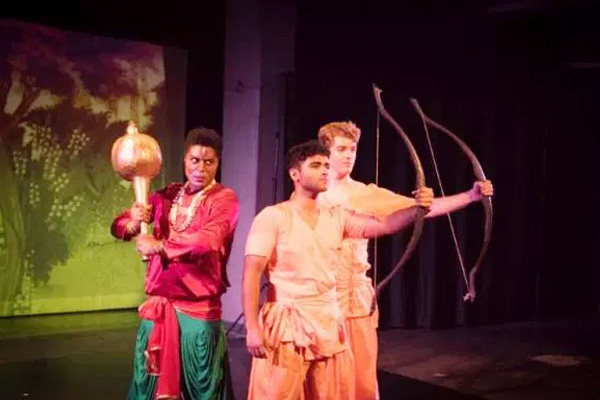
A street fair and an indoor celebration party also followed.
A non-profit Indian cultural organization in Cary, North Carolina, called Hum Sub organizes one of the sizable Diwali events in the region. The day-long festivity, sprinkled with performances from local community members as well as Indian celebrities, started nearly two decades ago in 2000 and is free to the general public. This year, it was held on October 13 and singers Sadhana Sargam and Amit Sana of Indian Idol fame performed before more or less 15,000 people.
Why are these Events being Held Weeks before Diwali?
"Cary Diwali is an outdoor event," said Prakash Punj, president of Hum Sub. "In November, it will be too cold for an outdoor event and also, the theatre, which can accommodate so many people, is hard to get." Most such functions happen on the weekends around Diwali - basically whenever the date and weather are convenient for both the organizers and attendees.
So, away from their country, Indians in America carry on to celebrate the biggest Hindu fete - even if they do play by somewhat different rules.
-Sowmya Sangam






